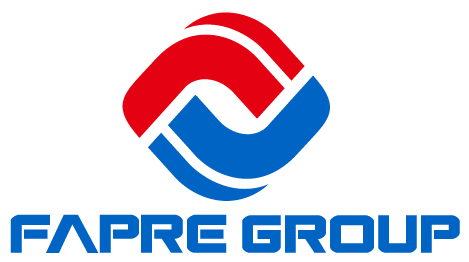NEWS CENTER
When designing and building a gym, choosing the right flooring is crucial. Gym flooring not only needs to be aesthetically pleasing and durable but also safe and comfortable. Here are some common types of gym flooring and their characteristics:
Rubber Flooring: Rubber flooring is popular due to its durability, slip resistance, and excellent shock absorption. It effectively protects exercise equipment and the floor while reducing noise during workouts. Rubber flooring is suitable for weight training areas, free weight zones, and cardio areas.
PVC Flooring: PVC flooring offers a high cost-performance ratio and a variety of colors and patterns. It has good wear resistance and slip resistance, and it's easy to clean and maintain, making it ideal for cardio areas and multi-functional training zones.
Foam Floor Mats: Foam floor mats are soft and lightweight, providing excellent cushioning. They are commonly used in yoga, Pilates, and other low-intensity training areas. Foam mats effectively reduce joint pressure, protecting exercisers from the hardness of the floor.
Wooden Flooring: Wooden flooring is often used in high-end gyms and dance studios. It has an elegant appearance and good elasticity but requires high maintenance and is prone to moisture and wear.
Choosing the right gym flooring not only enhances the workout experience but also extends the lifespan of the floor and equipment. It's essential to consider durability, comfort, slip resistance, and aesthetics when selecting gym flooring. Whether it's rubber flooring, PVC flooring, or wooden flooring, the choice should be based on actual usage needs to create a safe, comfortable, and professional fitness environment.
